The Importance of Collaboration Between Therapists and Families

Understanding the Significance of Collaborative Relationships in Therapy
Effective therapy, especially in family and child interventions, hinges on a strong, collaborative relationship between therapists and families. Recognizing the pivotal role family involvement plays forms the foundation for achieving meaningful, lasting change. This article explores the principles, strategies, and benefits of such collaboration, emphasizing its importance across diverse therapeutic contexts.
Principles Guiding Collaborative Therapy Practices
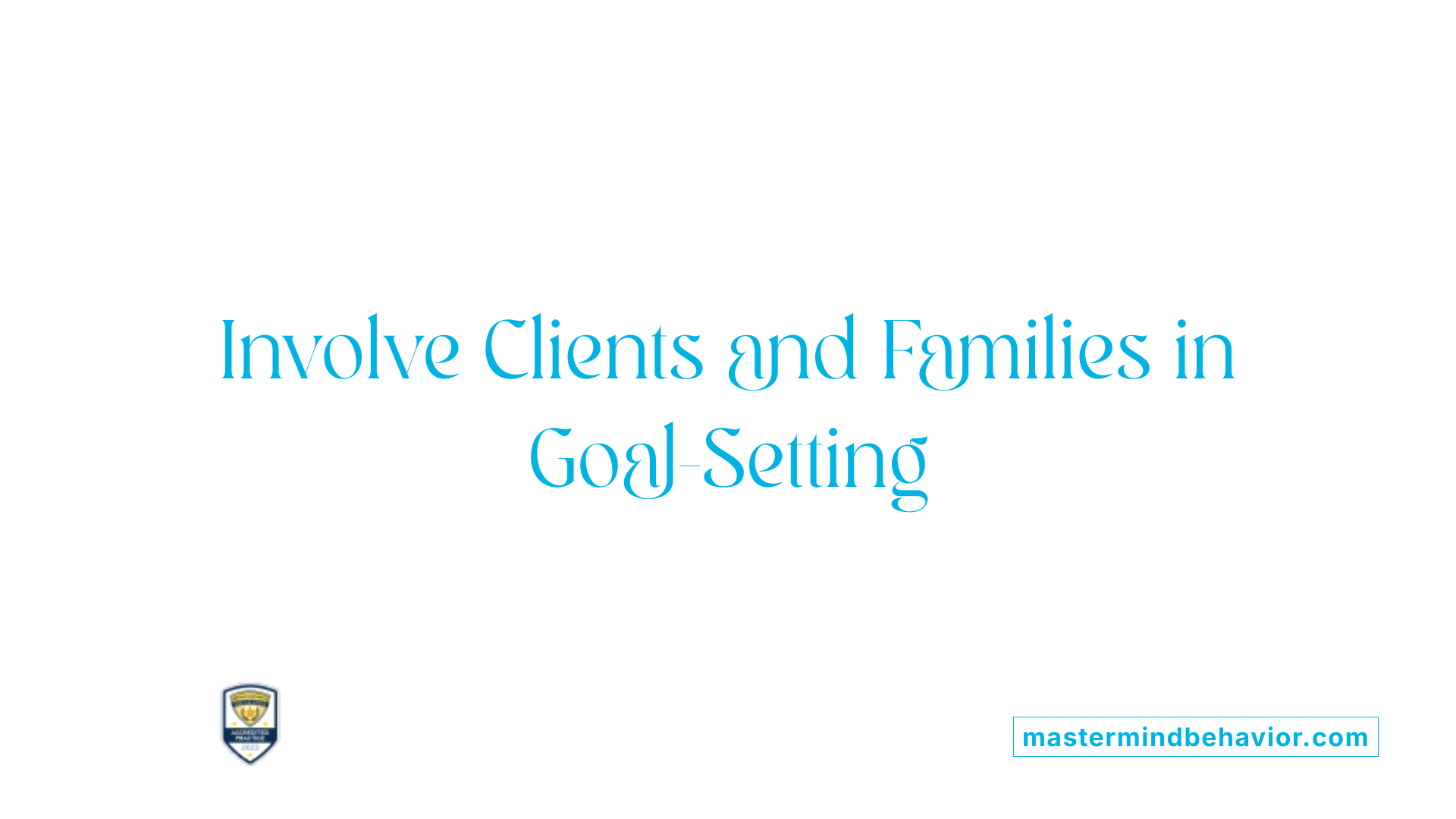
What principles guide the implementation of collaborative therapy practices?
Effective collaborative therapy rests on foundational principles that foster a strong, respectful partnership between therapists, clients, and their families. Central to these principles is establishing a robust therapeutic alliance characterized by open communication and mutual respect. This environment encourages honest sharing and builds trust, which is especially vital when working with families and children.
Involving clients and families as active participants in developing treatment goals ensures their insights and values are integral to the process. This co-constructive approach enhances engagement, motivation, and ownership of therapeutic work. Therapists utilize evidence-based techniques like Narrative Therapy and Motivational Interviewing, which support understanding, empower clients, and facilitate collaborative problem-solving.
Adapting techniques to fit the cultural, linguistic, and worldview backgrounds of clients is critical. Tailoring interventions respects each individual's unique context, improving relevance and effectiveness. Supporting shared decision-making helps navigate system barriers, ensuring that clients and families feel supported and empowered throughout their therapeutic journey.
Overall, these principles emphasize human connection, respect, and empowerment, transforming traditional therapist-led models into collaborative partnerships. This approach leads to more meaningful engagement, better adherence, and improved outcomes in family and child therapy.
The Central Role of Family in Therapeutic Success
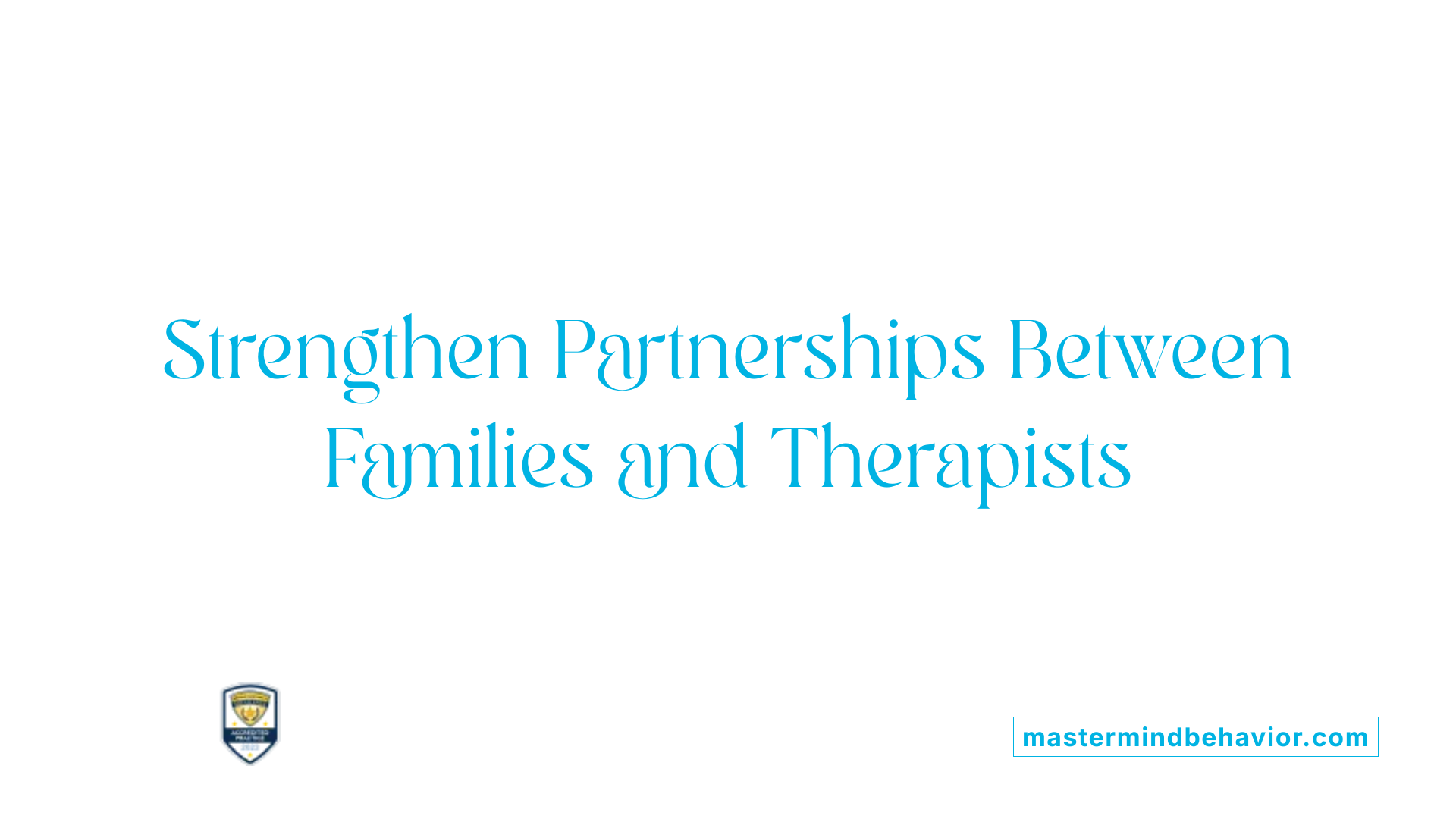
Why is collaboration between therapists and families important in therapy?
Effective collaboration between therapists and families plays a vital role in achieving successful therapeutic outcomes. Building a strong partnership fosters mutual trust and open communication, which are foundational for effective intervention. When families are involved, they gain a clearer understanding of the therapy process, goals, and techniques, increasing their engagement and willingness to cooperate.
Engaging families helps tailor strategies to meet the child's specific needs, considering social, emotional, and environmental contexts. This holistic approach ensures that interventions are relevant and sustainable. Additionally, collaboration encourages shared responsibility, empowering families to support ongoing development beyond individual sessions.
Research highlights that such partnerships improve treatment adherence, reduce resistance, and address issues more comprehensively. Ultimately, family-therapist collaboration enhances the child's progress and promotes positive change across multiple environments, including home and school.
Strategies and Techniques for Fostering Cooperation
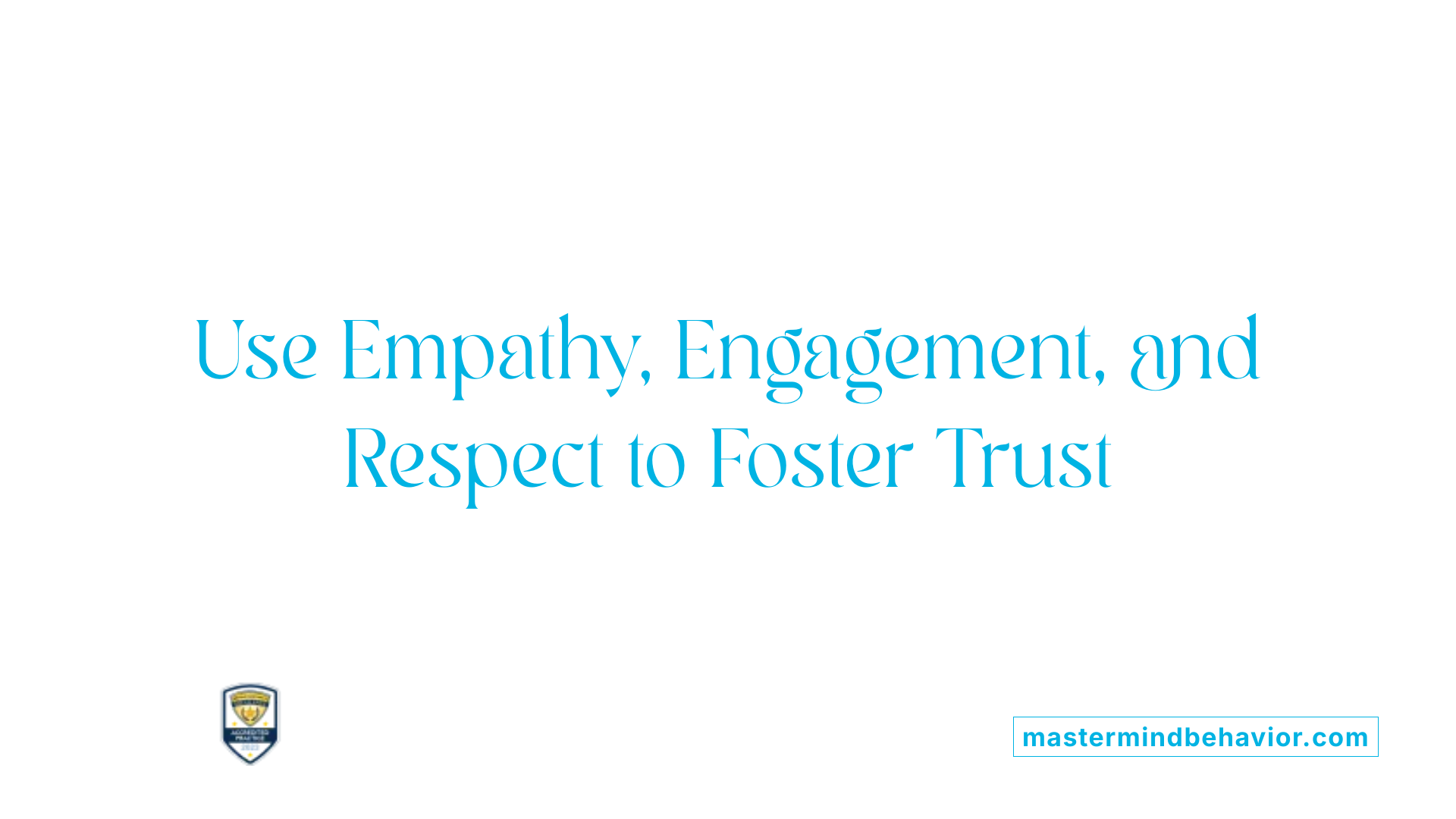
What are effective strategies for fostering collaboration between therapists and families?
Building strong partnerships between therapists and families is essential for effective family therapy. A foundational approach involves clearly defining roles and setting appropriate expectations from the start. When everyone understands their responsibilities and the scope of therapy, it lays a solid groundwork for cooperation.
Effective planning and establishing open communication pathways are equally important. Regular updates, shared goal-setting, and collaborative problem-solving help maintain alignment and address emerging challenges
To deepen rapport, therapists utilize reflective listening and empathy. These techniques demonstrate genuine understanding and respect for the family's experiences, fostering trust and reinforcing their active participation.
Recognizing and highlighting family strengths plays a pivotal role in motivational support. By identifying positive attributes and resources within the family system, therapists can empower parents and caregivers, encouraging them to build on existing skills.
Employing specific engagement techniques, such as involving family members in decision-making and encouraging active participation, boosts involvement and commitment to therapy.
Managing reactive dynamics—such as tension or emotional distress—requires respectful dialogue and patience. Addressing conflicts with empathy and avoiding judgment helps maintain a supportive environment conducive to growth.
In summary, effective collaboration hinges on clear role delineation, strategic planning, empathetic communication, family strength recognition, active engagement, and respectful conflict management.
| Strategy | Description | Importance |
|---|---|---|
| Role Clarification | Defining responsibilities | Foundation for cooperation |
| Planning & Communication | Establishing pathways | Ensures alignment |
| Reflective Listening & Empathy | Building rapport | Fosters trust |
| Recognizing Family Strengths | Highlighting positives | Motivates families |
| Engagement Techniques | Encouraging participation | Enhances investment |
| Respectful Dialogue | Managing conflicts | Maintains trust |
Effective collaboration benefits include increased consistency, shared goals, better understanding, and improved therapeutic outcomes, ultimately supporting the child's overall well-being.
Enhancing Therapy Outcomes Through a Collaborative Approach

What benefits result from a collaborative approach to therapy?
A collaborative approach to therapy offers numerous advantages by fostering a connection built on trust and shared goals between therapist and client. This partnership encourages clients to become active participants in their own treatment, which leads to increased insight, motivation, and a sense of empowerment.
By working together as equal partners, therapy becomes more holistic and person-centered, respecting the client’s experiences and resources. This fosters an environment where clients feel safe to explore sensitive issues deeply, improving emotional safety and openness.
Effective communication is at the core of this approach, strengthening the relationship and making it easier for clients to express concerns and feedback. These dynamics help reduce the chances of dropout and increase adherence to treatment plans.
Research shows that such collaborative strategies result in better health outcomes across diverse issues and settings. Whether addressing behavioral health problems, developmental challenges, or emotional difficulties, the collaborative framework adapts well, enhancing the overall effectiveness of therapy.
The approach also facilitates tailored interventions, ensuring that treatment aligns with the client's unique needs and circumstances, leading to meaningful and sustained change.
Fostering Sustainable Change Through Partnership
The partnership between therapists and families is the cornerstone of effective therapy outcomes. It builds trust, aligns goals, and creates a dynamic environment where clients feel supported and understood. By employing principles rooted in mutual respect, empathy, and shared responsibility—along with evidence-based strategies—therapists can strengthen these bonds. The integration of family, caregivers, and other support systems within a collaborative framework not only enhances intervention effectiveness but also empowers families to sustain positive change beyond therapy sessions. As research underscores, fostering a strong alliance and active participation is essential for holistic development, especially in diverse and complex therapeutic contexts. Ultimately, prioritizing collaboration transforms therapy into an empowering journey of growth, healing, and resilience.
References
- Collaboration in Family Therapy - PMC
- The Unrivaled Role of Family in Child Therapy
- Collaboration: How does it work according to therapists and parents ...
- Child Therapy: How should Therapists and Parents Collaborate?
- Collaboration: How does it work according to therapists and parents ...
- Enhancing Collaboration Among Therapists, Parents, and Teachers
- What Is Collaborative Therapy? - Verywell Mind
Recent articles
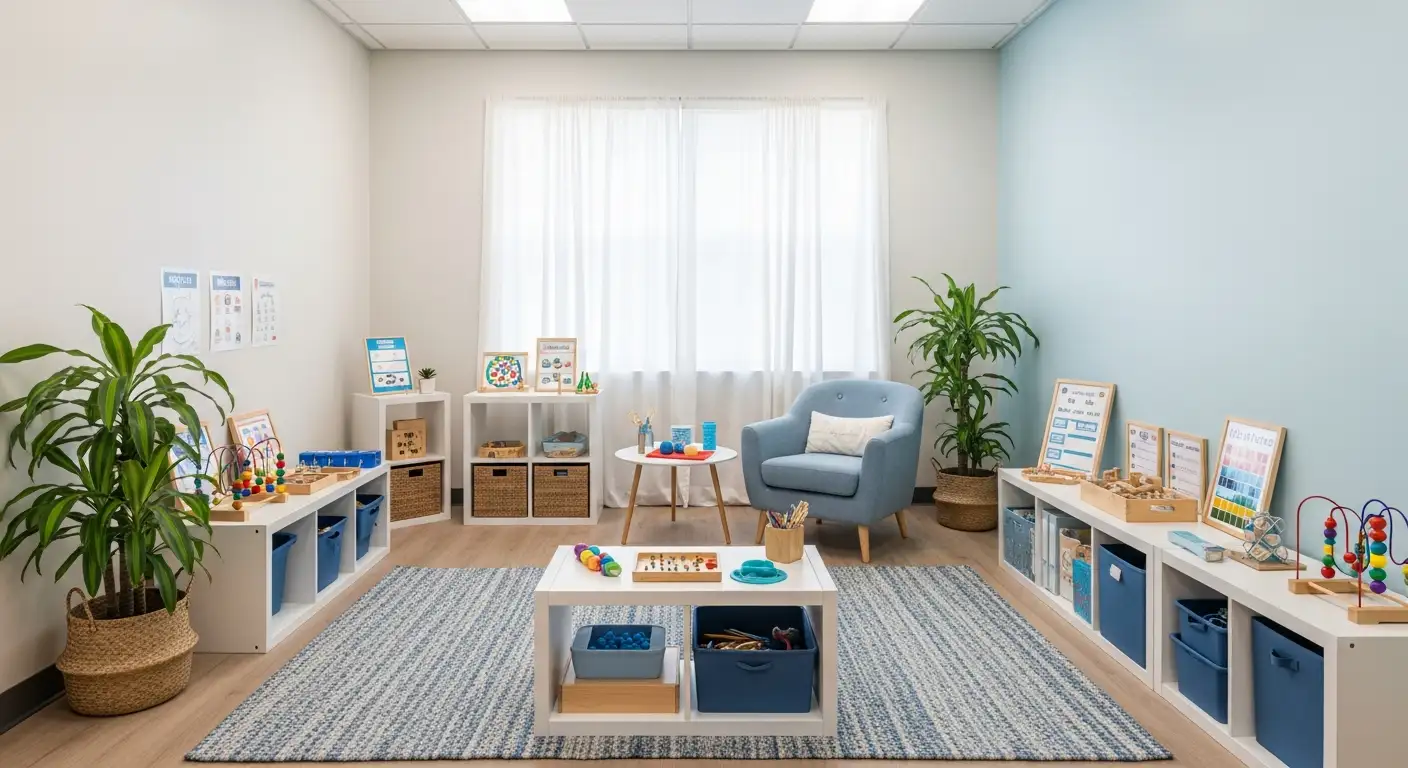
ABA Therapy For Building Self-Regulation And Coping Skills
Harnessing ABA Therapy to Empower Emotional and Behavioral Mastery in Autism

ABA Therapy For Building Skills In Independent Decision Making
Empowering Autistic Individuals Through ABA: A Pathway to Autonomy

Collaborative Communication Between Therapists and Families
Building Bridges: The Essential Role of Collaboration in Autism Therapy
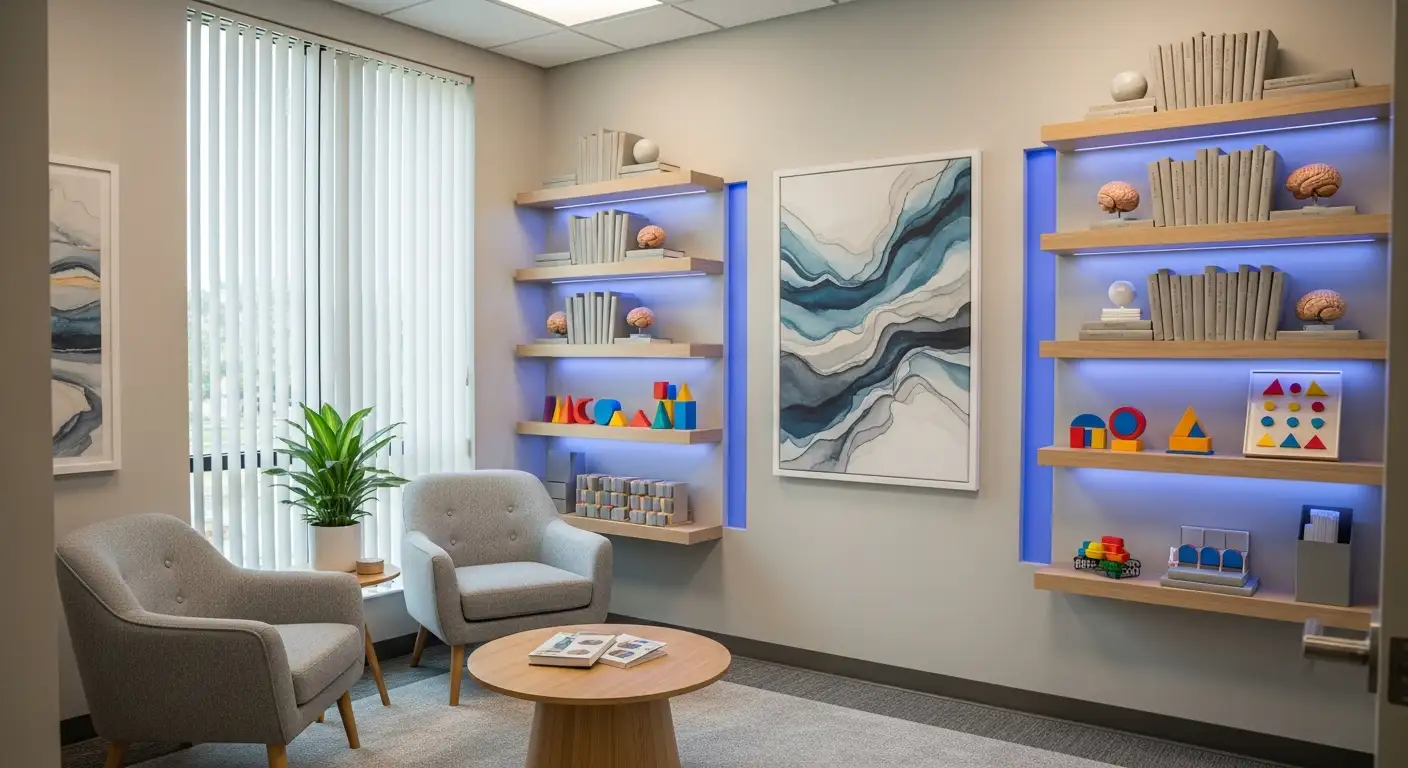
How ABA Helps Develop Adaptive Behavior Skills Over Time
Unlocking Independence: The Role of ABA in Building Adaptive Skills

The Role of Parent Priorities in Designing ABA Goals
Collaborative Goal-Setting: Aligning ABA Therapy with Family Priorities
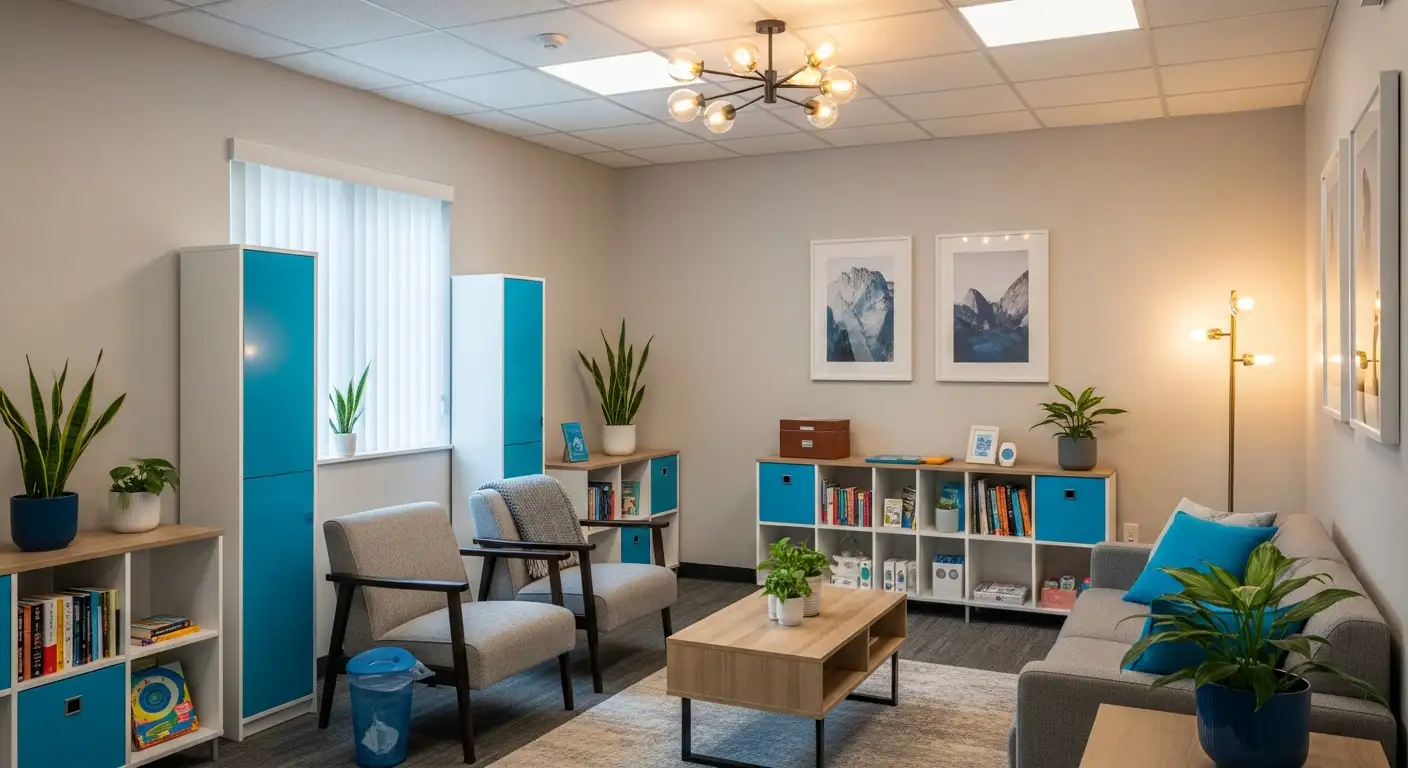
Translating ABA Goals into Everyday Functional Skills
Bridging Theory and Practice: How ABA Therapy Enhances Daily Life for Individuals with Autism



